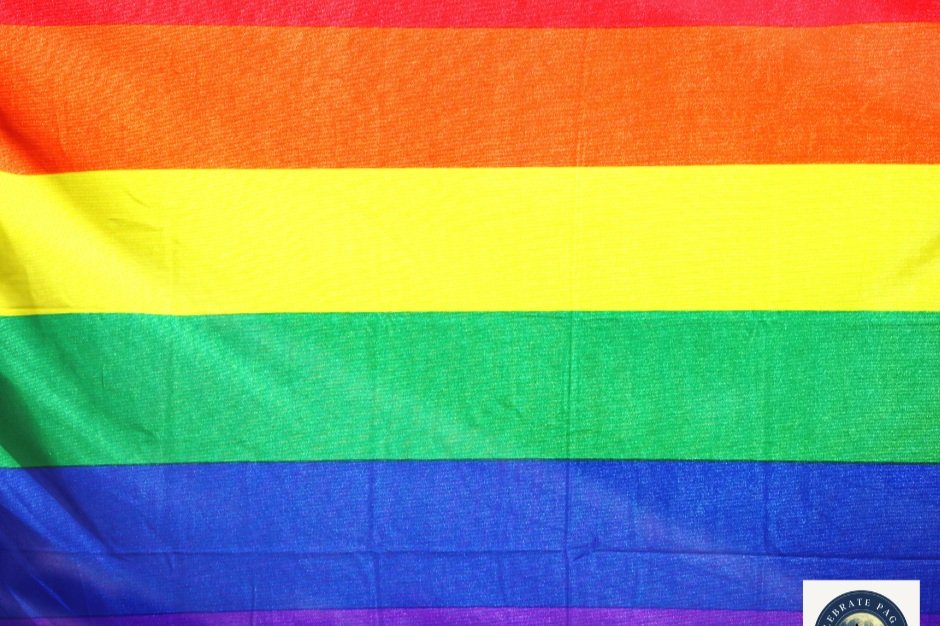Altars are a focal point for many religions. A place of sacred space. Creating an altar is one way for you to create and invite magic into your home.
For pagans, an altar is a place in your home where you will practice your religion. It is a place where you can connect with higher powers. Your alter is a living thing that enhances your spiritual walk.
























